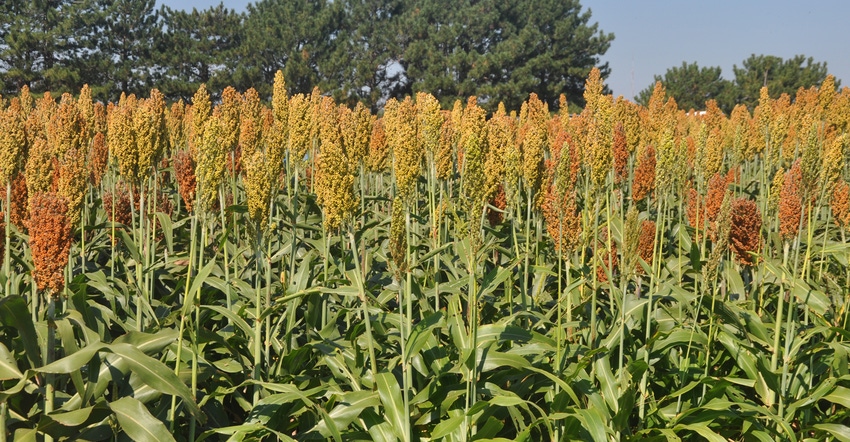May 30, 2018

Monumental victories sometimes come when we least expect them.
I love my job serving the hard-working American men and women fortunate enough to call themselves sorghum farmers. Sure, policy battles that drag on for years can be draining, but the endgame — and often the mere anticipation of an endgame sometime in the distant future — is worth occasional tedium. And, sorghum farmers deserve nothing less than hard work put in for a future victory.
My last column overviewed our Chinese trade saga. When NSP staff began working to defend U.S. sorghum farmers accused of dumping on Feb. 4, we knew we were playing a long game. When the Chinese Ministry of Foreign Commerce imposed a preliminary 178.6% tariff on U.S. sorghum April 17, we knew we were playing a long game. Fortunately for sorghum farmers, victory came much earlier than expected when China terminated the tariff May 17.
As I wrote last month, the next few years will bring significant opportunities for building new markets for U.S. sorghum. With China back in the picture that statement rings even more true today. Proof can be found halfway across the globe, where redirected vessels — like the RB Eden that was turned away from China and toward Spain after the tariff was imposed — have been redirected again. This unprecedented move perfectly illustrates the depth of Chinese demand for sorghum.
How can sorghum farmers take advantage of the opportunities coming? First, and most importantly, they can plant sorghum. On May 17 — the same day China terminated the tariff — the USDA Foreign Agricultural Service officially reported Mexico had made the year’s first purchase of new crop sorghum. In 2017, this did not happen until July 13. The message could not be clearer: The world wants U.S. sorghum. We must take care of these customers.
Second, sorghum farmers must fully engage in policy debates. As I said earlier, policymaking can sometimes be tedious, and trade policymaking is no exception. In discussions involving literally tens of thousands of different goods, specific products can inadvertently be overlooked. Therefore, we must be engaged at all times and tell the sorghum story at every opportunity. With grassroots support from sorghum farmers, our position at the negotiating table is much stronger.
It has been more than a year-and-a-half since Donald Trump was elected to be 45th president of the United States owing largely to grassroots populism emanating from rural America. Agriculture roared that night. Sure, the sorghum industry is small. But American agriculture is small in comparison to many other industries in the U.S. Did that stop us from flexing our muscle on the world stage in the biggest political upset in history? No.
Grassroots matter. Agriculture matters. We will emerge from the current trade debate victorious, and sorghum farmers will help lead the way, particularly now that our battle has been won. However, we cannot remain complacent. We must not let this opportunity to tell our story and open new markets slip away.
The major caveat with the China situation is trade negotiations are still ongoing, and there are no guarantees we will not find ourselves caught up in them again. However, the same can be said of almost every other major U.S. agricultural commodity. Discussions are fluid, but regardless of what happens next, the future of sorghum is bright.
Chris Cogburn writes from Abernathy, Texas. Find him on Twitter @nspchris.
About the Author(s)
You May Also Like




